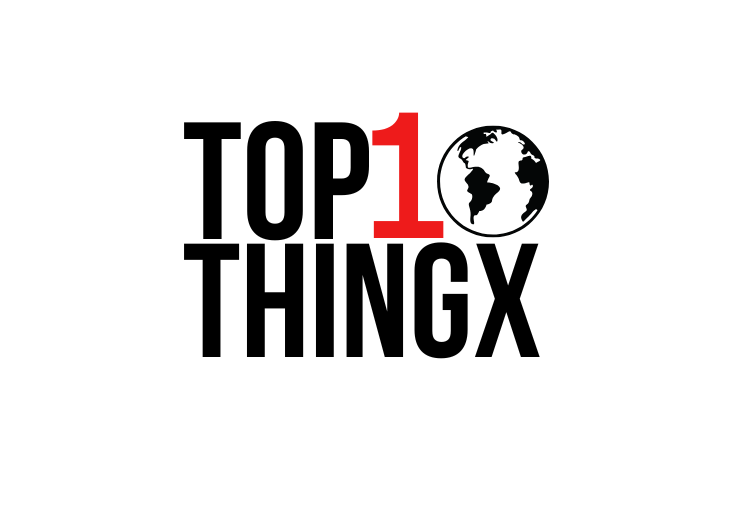Top 10 Advances in Renewable Energy Technology
Now, the demand for renewable energy has never been as great as it is today. Climate change knocking on our door informs us that it’s time for us to turn attention towards some innovations that are proving helpful in harnessing the power of nature to serve man. Technologies associated with renewable energy advance by leaps and bounds-they become more efficient and accessible than ever before. But what are the biggest breakthroughs that pave a greener future? Let’s dive right in! 1. Solar Power: More Efficient Than Ever Long history, but most recent innovations have led to taller more efficient wind turbines. The blades now can hit up to 100 meters and it catches the whirl of the winds that no machine could catch before. Maybe because one could compare wind energy with catching a wave; the bigger the wave, the more power you can possibly harness. And its technology keeps improving, so the installation of wind farms is mushrooming everywhere, even offshore where the winds blow strong and much more stable. 2. Wind Energy: Tapping the Force of the Wind Wind energy harnesses the natural movement of air to generate electricity, and it has seen groundbreaking advancements in recent years. New-generation turbines now use lightweight composite materials and intelligent rotor control systems to optimize power generation even at low wind speeds. Innovations like vertical-axis turbines and floating offshore wind farms allow energy capture from previously unreachable locations. These advancements make wind energy not only more efficient but also more adaptable to a variety of landscapes 3. Hydropower: Tapping the Flow of Water Hydropower is one of the oldest and most reliable sources of renewable energy. The newest designs for turbines are very efficient too, so they tap energy from smaller volumes of flowing water. Imagine a flowing river where water bears energy that can be tapped into it; that’s the beauty of hydropower! Innovations like run-of-river systems, for instance, reduce environmental impacts as well as energy for thousands of homes. 4. Geothermal Energy: Heat from the Earth Geothermal energy taps into the heat stored beneath the Earth’s surface. Recent technologies have made it feasible to harness this energy on a larger scale. Think of the Earth as a giant thermal battery, providing consistent energy day and night. By drilling deep into the ground, we can access heat that can be used for electricity or direct heating, making it an incredibly efficient renewable energy source. 5. Biomass: The Energy Source That Forms from Waste and Treating It as a Source Biomass energy converts organic materials, like agricultural waste and food scraps, into usable energy. It’s like recycling on a grand scale! Modern technology allows for better processing methods, turning what would be waste into electricity and heat. Imagine throwing away your leftover food and knowing it could power your home—that’s the magic of biomass energy! 6. Energy Storage: Keeping the Lights On One of the biggest challenges with renewable energy is storage. New battery technologies are emerging, making it easier to store energy generated from solar and wind sources. These batteries ensure we have power when the sun isn’t shining or the wind isn’t blowing. Picture it as a bank for energy—storing what we don’t use right now for later. 7. Smart Grids: Making Energy Management Easy Smart grids are revolutionizing how we manage energy. They use technology to monitor and control the distribution of electricity, making the system more efficient and responsive. Think of it as a traffic system for electricity; it directs energy where it’s needed most and helps reduce waste. As more renewable energy sources come online, smart grids will play a crucial role in integrating them into our daily lives. 8. Tidal Energy: Harnessing Ocean Currents Tidal energy captures the power of ocean tides and currents. This technology is still in its infancy but has significant potential. Tidal energy can provide a consistent and predictable energy source, unlike wind or solar, which can be intermittent. It’s like riding a wave—once you understand the rhythm, you can tap into it regularly. 9. Hydrogen Fuel Cells: The Future of Fuel Hydrogen fuel cells generate electricity by combining hydrogen and oxygen, emitting only water as a byproduct. This clean energy source has applications in transportation, powering everything from cars to buses. Imagine a world where vehicles emit only water vapor instead of harmful gases—this is the promise of hydrogen technology. 10. Solar Paint: The New Solar Imagine a house that gives you electricity without the messy solar panels-a revolutionary concept that lets surfaces absorb sunlight and convert it into electricity. This technology is still in development, but it can actually make the houses of tomorrow into mini powerhouses. It’s as if every wall was conceived to be seen as some sort of mini solar panel.l What are the latest advancements in renewable energy technology? New solar panels with higher efficiency, improved green hydrogen production, AI-powered smart grids, and better energy storage solutions. How does green hydrogen help renewable energy? It’s a clean fuel made from renewable energy, helping decarbonize industries like transport and manufacturing. What role does AI play in renewable energy? AI helps optimize energy production, predict demand, and maintain renewable infrastructure. New solar panels with higher efficiency, improved green hydrogen production, AI-powered smart grids, and better energy storage solutions. It’s a clean fuel made from renewable energy, helping decarbonize industries like transport and manufacturing. AI helps optimize energy production, predict demand, and maintain renewable infrastructure.










